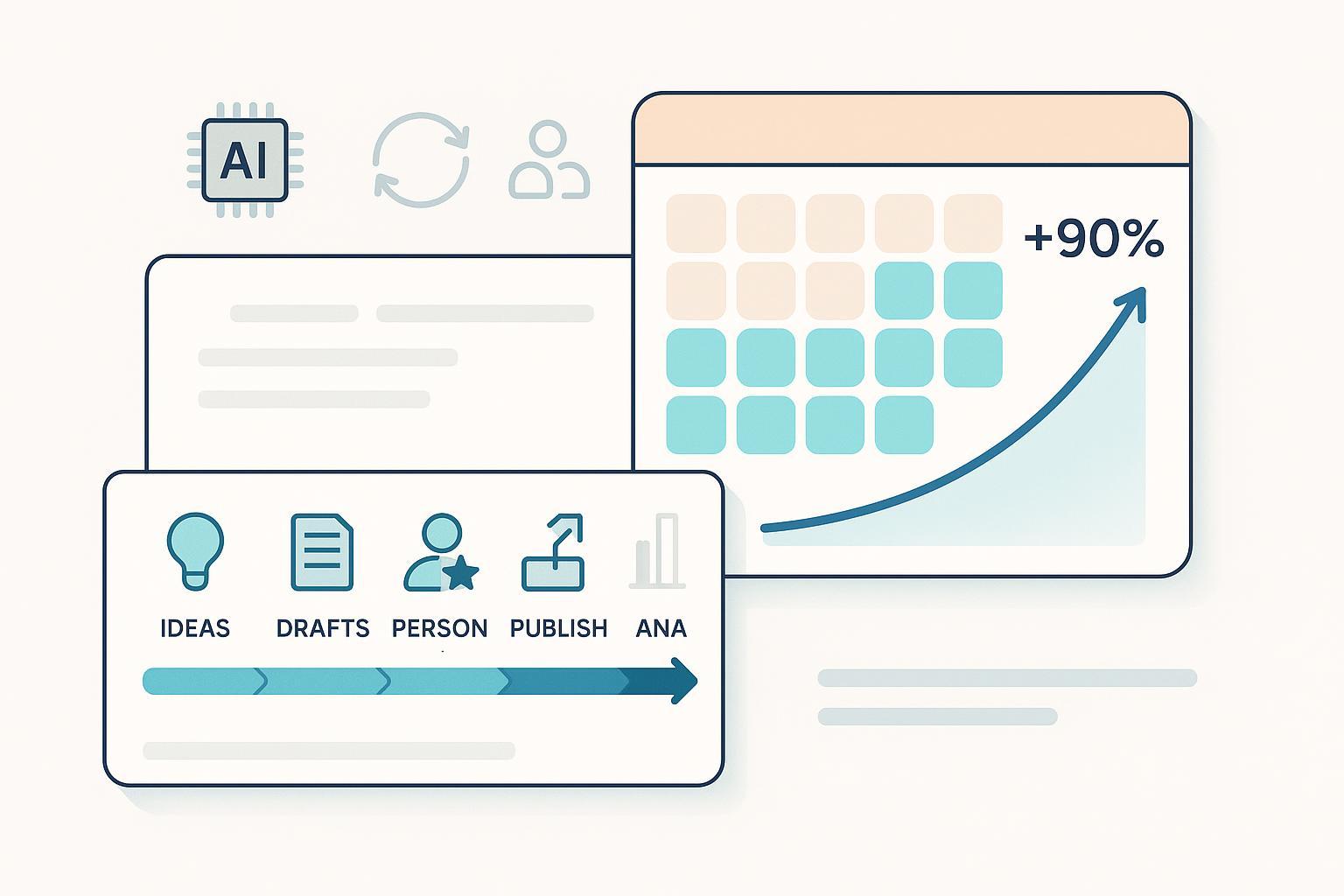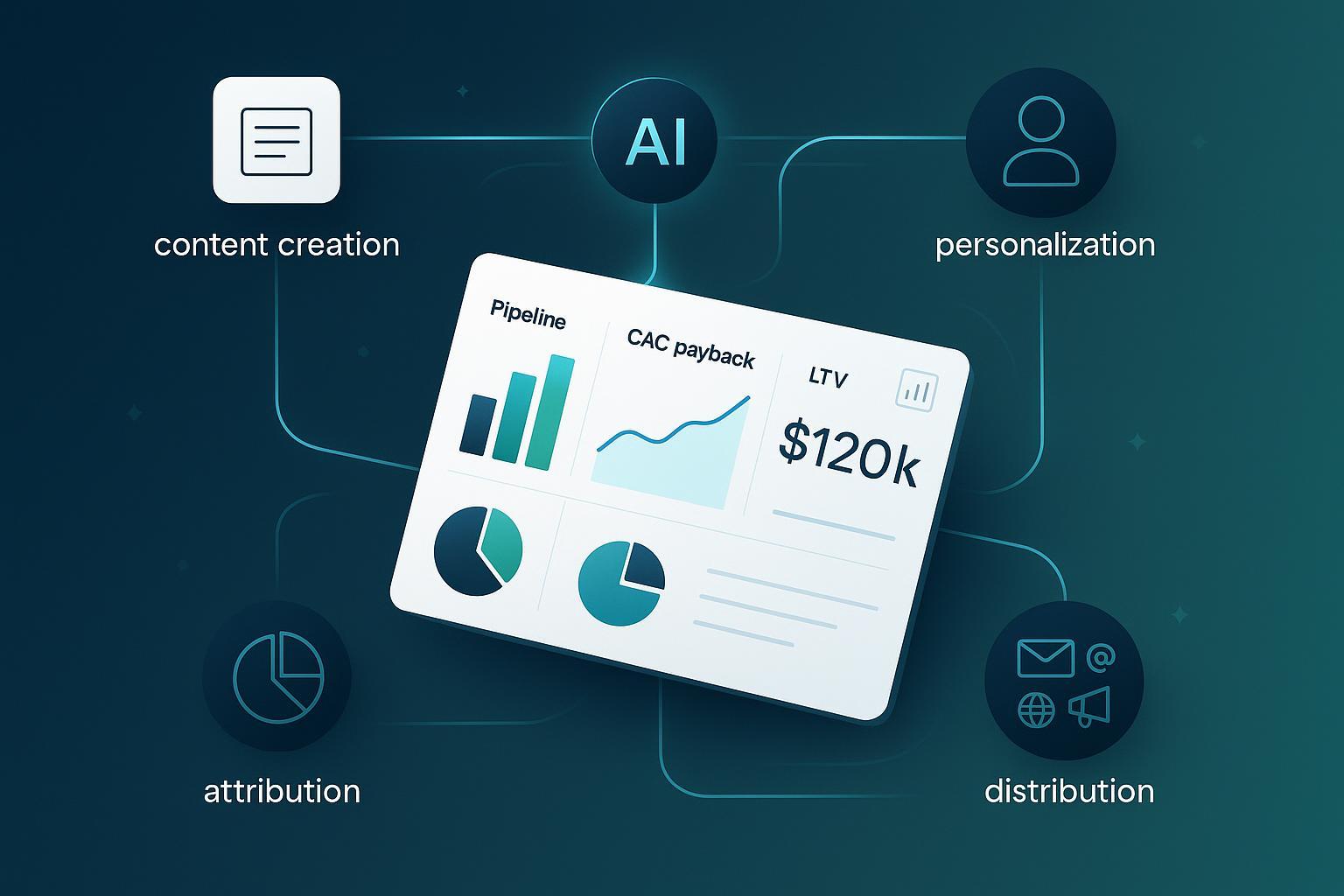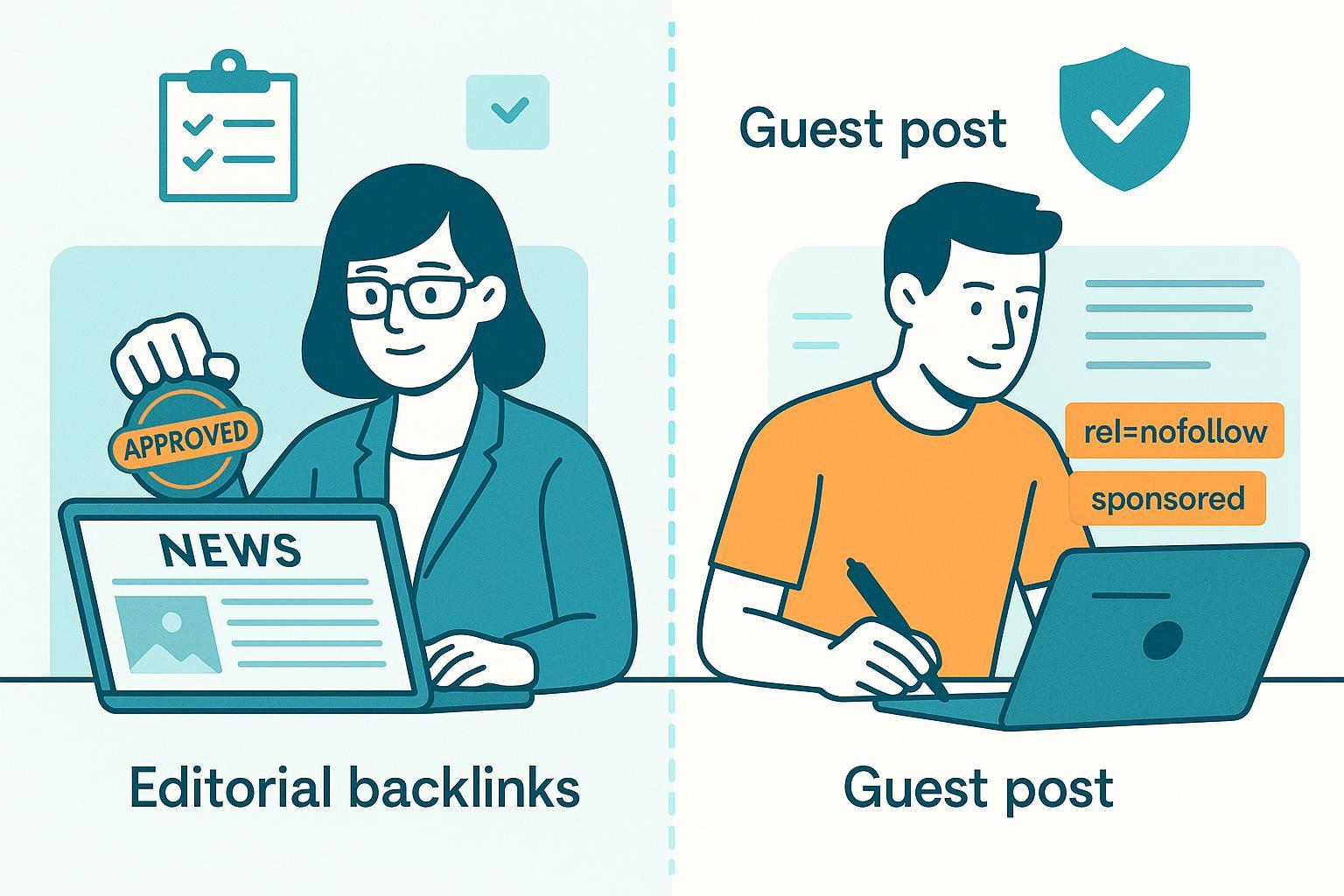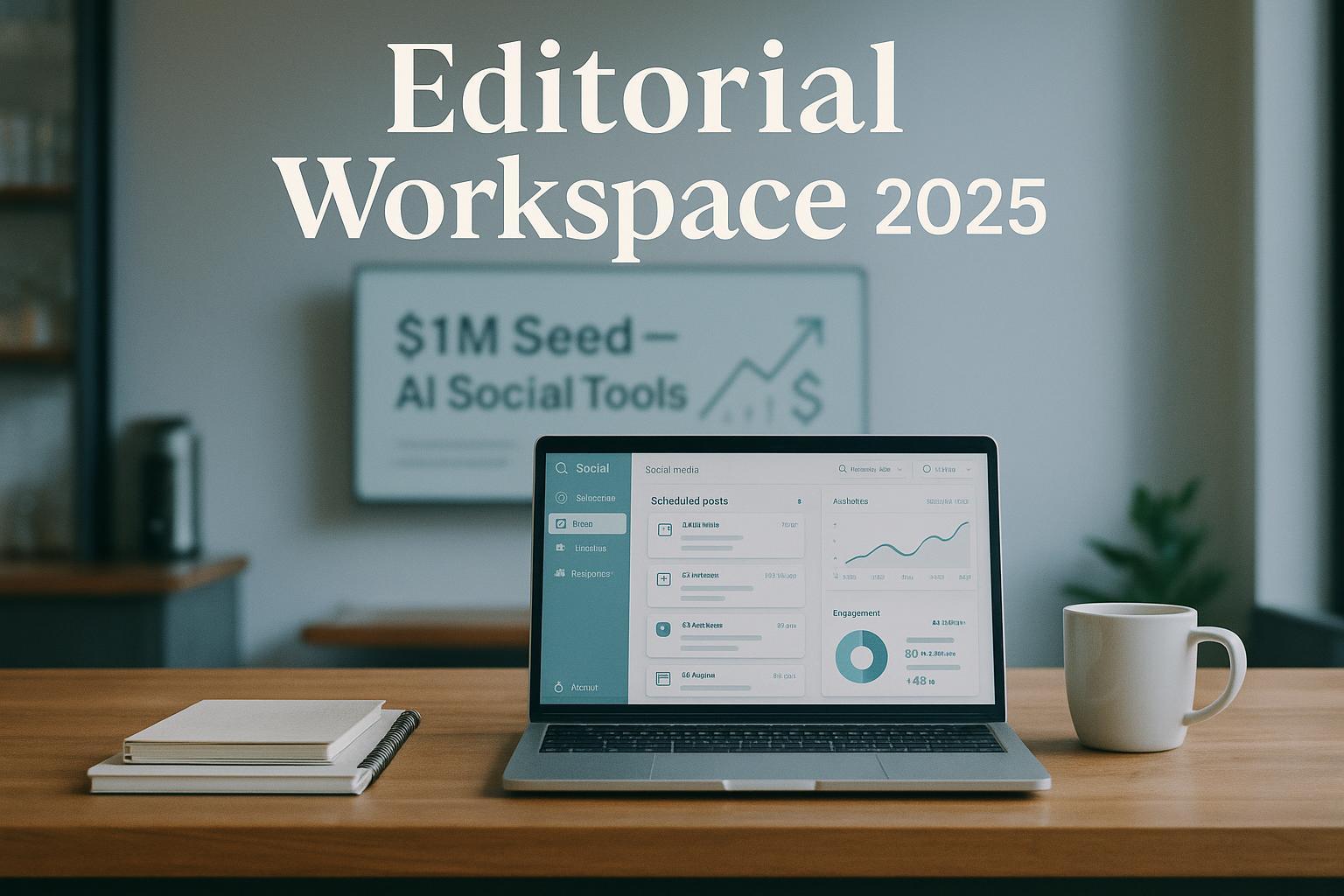Best Practices: 90% ROI Gains with Intelligent Content Platforms (2025)
Discover why top marketing teams see 90% ROI improvement in 3–4 months using AI-driven intelligent content platforms. Actionable steps for professionals, backed by 2025 benchmarks.


If you lead a marketing or content team, you’ve probably felt the squeeze: ambitious growth targets, flat headcount, rising acquisition costs, and higher quality bars. Over the past year, I’ve helped several teams rebuild their content operations around intelligent platforms. The headline outcome many care about—up to 90% ROI uplift within a single quarter—does happen, but only when the rollout follows disciplined, evidence-based practices. The fastest wins come from compressing cycle time, reallocating effort to higher-leverage work, and letting analytics guide continuous optimization.
Two important realities to set expectations:
- “3–4 months” is achievable for focused use cases with clean baselines and tight feedback loops. Adjacent, validated examples in paid media show under-6-month payback windows when AI accelerates diagnostics and optimization, as demonstrated in the 2025 Nielsen MMM case on Google’s AI campaigns.
- Your exact ROI depends on starting maturity, data quality, governance, and change management. There’s no silver bullet—there is a repeatable playbook.
What actually drives the ROI surge
Based on recent rollouts and corroborated 2025 data, six forces explain the uplift.
- AI-powered throughput (time-to-value compression)
- Teams collapse briefing, drafting, and versioning from days to hours by standardizing prompts and templates, then automating repetitive steps. Microsoft reports that AI-assisted marketing workflows surface insights and creative variants faster, driving higher performance and productivity according to its “Turning AI into ROI” (Microsoft Advertising, 2025) analysis.
- In practice, the early savings come from batch-generating outlines, meta data, social derivatives, and testing variants in parallel while editors retain final cut.
- Data-driven personalization that actually scales
- Intelligent platforms segment audiences and assemble tailored headlines, offers, and body copy for each cohort. Microsoft’s 2025 field insights highlight that AI-enhanced campaigns often achieve higher engagement by rapidly iterating creative and targeting, as summarized in “Three generative AI trends” (Microsoft Advertising, 2025).
- Measurable impact shows up first in click-through and micro-conversions; sustained lift requires governance and clean data.
- Mining legacy assets for new value
- Most libraries hide dozens of “sleeping winners”: content with link equity or past conversion power that can be refreshed, localized, or repurposed into landing pages, emails, and ads. Intelligent tagging and clustering make this systematic rather than ad hoc.
- Human-in-the-loop quality gates
- Editorial standards, style guides, and fact-checking routines prevent false confidence. Maintain a two-pass review: a subject-matter edit and a production QA. This aligns with governance principles in the NIST AI Risk Management Framework (2024–2025), which emphasizes human oversight and documented controls.
- Resource reallocation to high-leverage activities
- Hours saved on manual drafting shift into deeper research, better distribution, and more experiments. As analytics clarify what moves revenue or qualified pipeline, budget flows to winners faster.
- Real-time analytics and journey orchestration
- With instrumentation in place, you can iterate weekly. Microsoft’s 2025 guidance shows how AI copilots compress “insight to action” cycles for marketers, enabling faster performance gains in “AI in action: Five insights to unlock marketing ROI” (Microsoft Advertising, 2025).
A 12-week implementation playbook (practitioner-tested)
I’ve found the following cadence realistic for SMBs and mid-market teams. The goal is measured progress, not a big-bang migration.
Weeks 1–2: Baseline, prioritize, prepare
- Define success: target channels (SEO pages, email sequences, paid variants), quality bar, and business outcomes (pipeline, CAC/LTV, payback period). Document pre-implementation baselines.
- Inventory and score legacy assets: intent, freshness, link equity, historical conversion. Pick 10–20 high-intent pieces to refresh.
- Draft your governance: roles, style guide, fact-check checklist, disclosure policy, and a simple model for when human sign-off is mandatory (always for anything revenue-facing).
- Tool readiness: ensure integrations with your CMS/WordPress, analytics, and CRM. Build a shared prompt library and reusable content blocks.
Weeks 3–6: Pilot tightly, measure mercilessly
- Pilot scope: 10–20 SEO pages, 2–3 email nurtures, and a small set of paid/social creative variants. Keep variables tightly controlled.
- Workflow changes to test:
- AI-assisted briefs from SERP and customer insight.
- First drafts and 3–5 headline/CTA variants per asset.
- Automated metadata and internal linking recommendations.
- Editorial QA: facts, tone, claims, citations.
- Instrumentation: build dashboards that track leading indicators weekly (engagement by segment, scroll depth, CTR, form-start rate) and conversion economics monthly (SQLs, pipeline velocity, CAC). For attribution specifics, align with proven guidance such as the HubSpot pipeline attribution guide (2025).
- Retros each two weeks: keep wins, revise prompts, retire underperforming variants.
Weeks 7–12: Scale what works, add personalization
- Expand winning content patterns, not just volume. Add targeted localization or industry-specific versions for priority segments.
- Introduce dynamic components (e.g., industry, lifecycle stage) to personalize high-value pages and emails.
- Increase experiment velocity: maintain an experiment backlog; run weekly tests on headlines, offers, and imagery.
- Change management: train roles on SOPs; celebrate early wins to drive adoption; standardize your quality gates and prompt patterns.
For hands-on guidance setting up content operations with AI, many teams find it helpful to review a step-by-step overview like AI for Content Creation: Steps to Get Started and a platform-level deep dive in A Comprehensive Review for Content Creators.
Measurement that finance will trust
Treat ROI as an accounting exercise, not a slogan.
- Baselines and formula: Establish pre-rollout baselines for output, quality, and revenue metrics. A useful expression for generative AI investments is outlined by Worklytics (2024–2025): the ROI formula for generative AI tools = ((Productivity Gains + Cost Savings – AI Investment) / AI Investment) × 100. Pair this with hard outcome metrics (conversion, revenue) for credibility.
- Executive metrics: CAC, LTV, LTV:CAC ratio (target ~3:1 in many B2B contexts), payback period, qualified pipeline velocity, sales efficiency, cost savings.
- Marketing/sales leading indicators: SERP visibility for target pages, CTR, form-start rate, demo/book rate, SQLs by segment, win rate.
- Cadence: weekly leading indicators; monthly CAC/LTV/velocity; quarterly ROI deep dives.
- Third-party anchors: When you need external references to contextualize outcomes, cite primary sources. For example, AI-enabled campaigns have shown higher ROAS and sales effectiveness in the Nielsen MMM case study (2025), and Microsoft’s field data points to faster optimization and engagement lift in “AI in action” (2025).
- Executive read: IBM summarizes how to structure an AI ROI framework with hard and soft benefits (IBM Think, 2024–2025). Use this to align finance and marketing on what “value” includes.
For a marketer-centric walkthrough of ROI levers inside an intelligent content platform, see How QuickCreator Boosts Content Marketing ROI.
Governance, privacy, and brand safety (don’t skip this)
Speed without guardrails is a short-term win and a long-term risk. Implement lightweight, durable controls:
- Risk management: Align with the NIST AI Risk Management Framework (2024–2025) and its “Govern–Map–Measure–Manage” cycle. Document intended use, known limitations, and disengagement mechanisms.
- Management system: If your organization is mature or regulated, study ISO/IEC 42001 (AI management systems) and EU AI Act obligations; both raise the bar for transparency and oversight in 2024–2025.
- Editorial QA: Require human review on anything brand- or revenue-impacting. Maintain a style guide, fact-check procedure, citation policy, and disallow unverifiable claims. Train editors to spot hallucinations and to validate stats against primary sources.
- Data privacy: Apply data minimization and purpose limitation principles consistent with the NIST Privacy Framework 1.1; avoid feeding sensitive or proprietary data into external models without controls and approvals.
Micro-case: Rolling out an intelligent content engine in 12 weeks (process and outcomes)
This example shows a pragmatic pattern I’ve used with SMB teams. It focuses on steps and instrumentation so you can replicate the approach.
- Scope: 12-week pilot covering 18 high-intent SEO pages, one gated asset, two email nurtures, and a modest set of paid/social variants.
- Process highlights: standardized prompts and briefs; automated metadata and internal linking suggestions; two-pass editorial review; weekly experiments; cohort-based personalization on top pages (industry and lifecycle stage).
- Measurement: dashboard tracked production hours by asset, engagement by cohort, form-start rate, SQLs, and CAC trends; monthly finance review calculated payback period using the ROI formula above.
- External anchors: Team leaders used the Nielsen MMM case (2025) and Microsoft’s 2025 guidance to set realistic expectations for early gains from AI-driven iteration.
A platform capable of this end-to-end workflow is QuickCreator. Disclosure: QuickCreator is our product.
What to look for in your pilot, regardless of platform: measurable reductions in time-to-first-draft and revision cycles; rising CTR and form-starts on refreshed pages; clear winners among email and ad variants; and sustained improvements after editorial QA. If any link in that chain fails, go back to prompts, baselines, and governance.
For a tactics-level view of capturing demand from AI-driven search experiences in 2025, review Best Practices for Winning ROI in AI-Powered Search (2025).
Common pitfalls and how to avoid them
-
Over-scoping the first quarter
- Symptom: too many assets, unclear ownership, shallow QA.
- Fix: constrain the pilot, define owners, and protect review time.
-
Weak baselines and fuzzy attribution
- Symptom: big claims, little credibility; disputes with finance.
- Fix: lock baselines before changes, adopt a pragmatic attribution model, and align on reporting cadence.
-
Dirty or sparse data
- Symptom: personalization underperforms; analytics mislead.
- Fix: audit data quality; enforce taxonomy; enrich only with vetted sources.
-
- Symptom: policy docs no one uses; editors still guessing.
- Fix: embed checklists in the workflow, create short SOPs, and require human sign-off on defined asset types.
-
Tool sprawl and change fatigue
- Symptom: overlapping features, frustrated teams.
- Fix: pick one platform as the operational hub; integrate a few best-in-class tools deliberately; train by role.
-
Chasing volume over value
- Symptom: more posts, flat pipeline.
- Fix: double down on high-intent assets and revenue-connected experiments.
Why the “3–4 month” timeline is realistic (with caveats)
- Fast feedback: Weekly iteration on creative and offers, guided by real-time diagnostics, is central to the accelerated curve—consistent with Microsoft’s 2025 field insights on faster optimization cycles.
- Adjacent evidence: Independent measurement shows AI-enhanced campaigns can outperform traditional setups on ROAS and sales effectiveness during standard campaign windows, per the Nielsen MMM case (2025).
- Prerequisites: You must have clean baselines, editorial QA, and data governance. Without them, timelines slip and results degrade.
Next steps (soft CTA)
If you’re evaluating intelligent content platforms, start with a 12-week, ROI-instrumented pilot: define baselines, pick 2–3 use cases, implement human-in-the-loop QA, and set a weekly experiment cadence. If you want to see how a single hub can cover drafting, personalization, governance, and analytics end-to-end, explore how QuickCreator structures workflows and dashboards, then run a small pilot to validate fit for your team.





